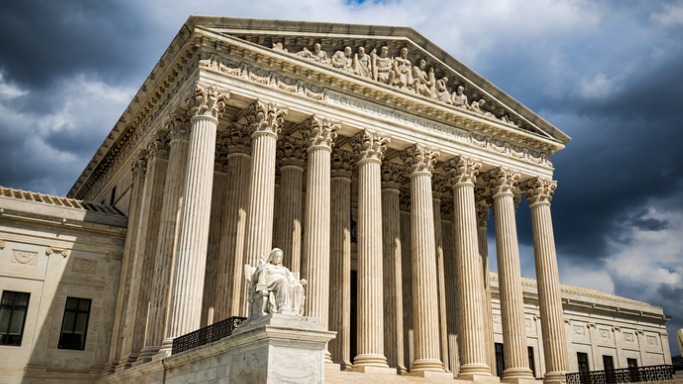Just one week after the United States Supreme Court temporarily blocked New York from limiting the number of people that can attend religious services, the Court told a federal district court in California to take another look at a claim brought by a California church fighting similar pandemic-related restrictions.
Both the New York religious groups and the California church argue that state restrictions on the number of people allowed to attend religious services violate the Free Exercise clause of the First Amendment.
New York caps attendance at religious services in “red zones” at ten people. In “orange zones” New York limits the number of religious worshipers to 25, but places no limit on the number of people that can attend secular events or enter secular businesses.
California prohibits all indoor religious services in the most restrictive zones. In other zones, California imposes strict caps on the number of people permitted in houses of worship.
In the New York case, the Court temporarily blocked enforcement of the restrictions while the religious groups pursue their appeals, which the Court indicated they are likely to win on the merits.
On Thursday, the Court sent the California case back to the lower courts for consideration of its ruling in Roman Catholic Diocese of Brooklyn v. Cuomo.
The state of California claims that, unlike New York, its restrictions do not discriminate against houses of worship because they apply equally to comparable secular activities, such as movie theaters.
But, as Charlotte Hays noted recently in this blog, a California Superior Court judge recently lifted restrictions on strip clubs while he determines whether the clubs have a First Amendment right to operate, despite the restrictions. Certainly if “adult entertainment establishments” are entitled to First Amendment protection, religious services are too.

